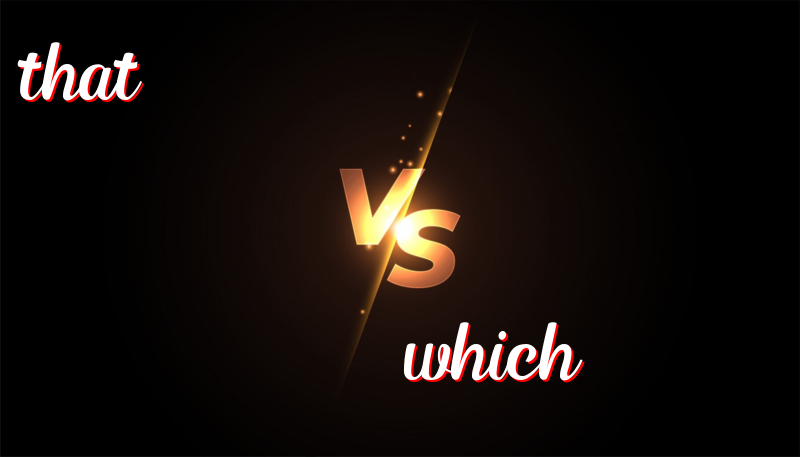Understanding the Distinct Usage of ‘That’ and ‘Which’ in English Language
That vs Which
History
The words ‘that’ and ‘which’ come from Old English. ‘That’ comes from ‘þæt’, and ‘which’ from ‘hwilc’. For a long time, people used these words in many ways. But, over time, we started using them more clearly. Today, we use ‘that’ and ‘which’ in special ways in English.
How to Use ‘That’ and ‘Which’
You can use ‘that’ to point to something specific. We often use ‘that’ in what we call ‘restrictive clauses’. These are parts of sentences that we need to understand the meaning.
Example sentences:
- I just ate the apple that was on the table.
- He kicked the ball that was yellow.
- We go to the park that is near our house.
- She read the book that her teacher gave her.
- I wore the dress that I bought yesterday.
‘Which’ can be used when the information is extra, not very important. We call this ‘nonrestrictive clauses’. When we use ‘which’, we should use commas too.
Example sentences:
- My bike, which is blue, is very fast.
- The cat, which is white, climbed the tree.
- Our house, which we bought last year, needs work.
- His hat, which he forgot here, is red.
- The park, which is in our town, is big.
Trick to Remember the Difference
Here is a good trick to remember the difference. ‘That’ is used without a comma and points to something specific. ‘Which’ is used with a comma and gives extra information.
Summary
Knowing when to use ‘that’ and ‘which’ is helpful. Use ‘that’ for things that are specific and important for the sentence. Use ‘which’ for things that are extra and not very important. Remember to use commas with ‘which’ too! This can make your English better. Keep practicing and you’ll get it!

Leave a Reply
You must be logged in to post a comment.